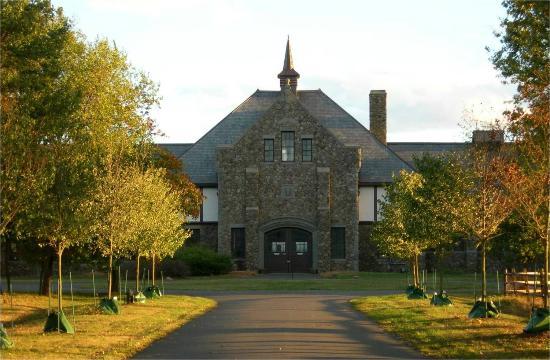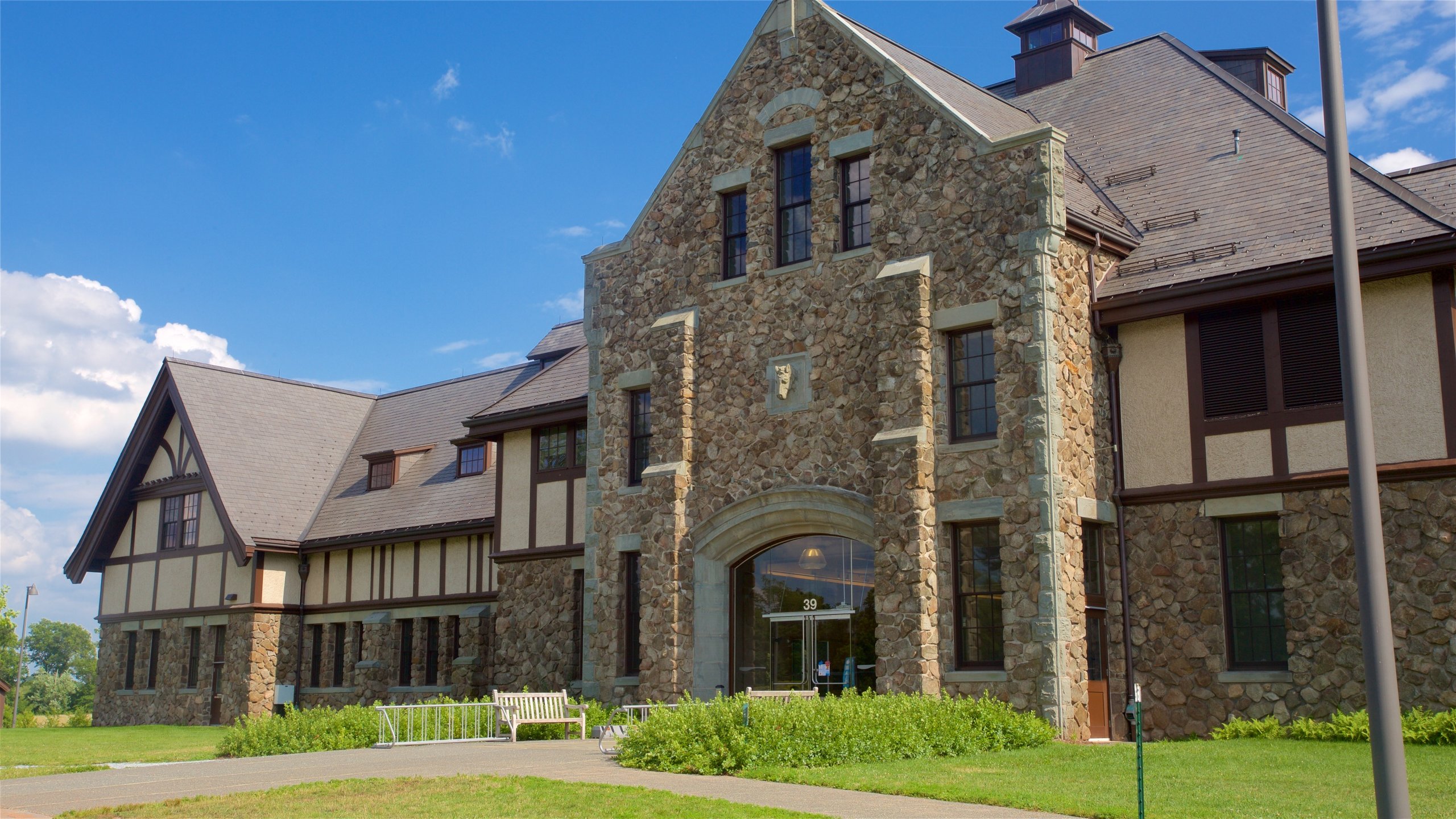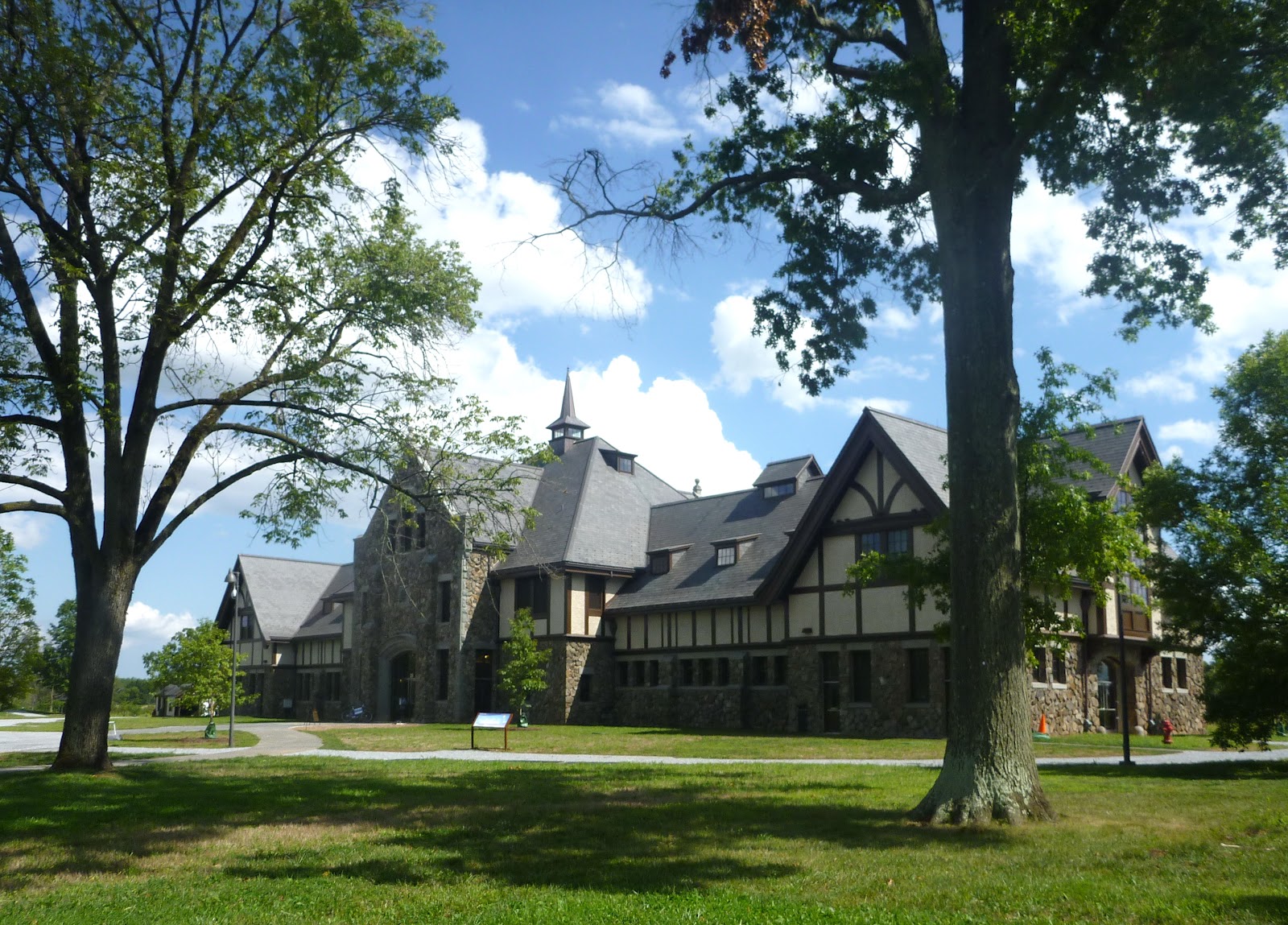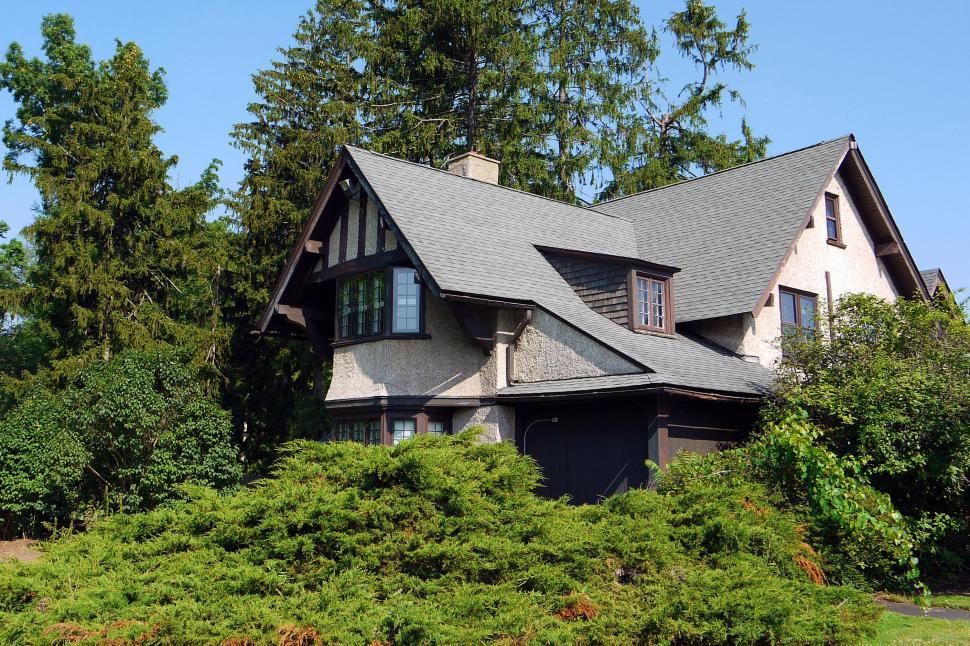Rendering farms is a growing trend in the agricultural industry, and for good reason. These farms use computer-aided design (CAD) software to create digital models of crops and livestock, which can then be used to make predictions about growth, yield, and other factors. As rendering farms become more common, it’s important that consumers be aware of the implications this technology has on the food they eat. In this blog post, we’ll introduce you to rendering farms and discuss some of the ways that they impact our food system.
What is a Render farm?
Render farms are large computer clusters that use CGI rendering technology to create 3D images or animations. They are often used by web developers and graphic designers who need to create high resolution renders of website designs or product prototypes. Render farms can be used to generate static images, 3D animations, or video.

Render farms come in a variety of sizes and configurations. Some render farms have hundreds of computers, while others have thousands. They can be rented on a short-term basis or leased on a long-term basis. Render farm users typically need access to a wide range of software tools and applications to create the required rendered imagery or animation.
Render farms are used by a variety of businesses and organizations, including advertising agencies, software companies, and web development firms.
Render farms in the United States
Render farms are becoming increasingly popular in the United States as they introduce a new level of realism to digital media. Render farms use high-powered graphics cards and large amounts of processing power to create realistic looking images and videos. Some of the most well-known render farms in the United States are those run by Sony Pictures Imageworks, Apple Inc., and Google.
The popularity of render farms has led to a number of companies introducing their own rendering services. For example, Adobe Inc. now offers its customers the ability to render images using its Photoshop software. This allows customers to create high-quality previews of designs before they are actually printed or manufactured.
There are a number of benefits to using a render farm for your media projects. First, a render farm can create extremely realistic images and videos that look exactly like the final product would look on screen. Second, a render farm is incredibly fast at creating these images and videos, meaning that you can quickly produce high-quality media products without having to wait long periods of time. Finally, because a render farm is used specifically for rendering purposes, it requires very little setup time – meaning that you can start using it immediately after signing up for it.

What to look for when choosing a render farm?
When choosing a render farm, there are a few factors to consider. First and foremost is the amount of resources the farm has to offer. A render farm with more horsepower can quickly produce high-quality renders of your project, but they may also be more expensive. It’s important to find a balance between the resources and price you are willing to pay, as well as the quality of the renders your project will receive.
Another factor to consider is the team behind the farm. Do they have years of experience rendering complex projects? Can they communicate effectively with you and provide support during your project? Are they available 24/7 if you need help?
Lastly, make sure you are familiar with the terms and conditions of the render farm before signing up. Some farms require that clients sign an agreement stating that all rendered images will be used for promotional purposes only, while others may charge for additional services such as custom rendering or 3D printing. In order to avoid any surprises later on in your project, it’s important to understand what is included in the contract before agreeing to it.

How to start rendering on your farm?
Rendering farms are becoming increasingly popular as a way to introduce green production practices onto small and medium-sized farms. By rendering animal byproducts, farmers can reduce environmental impact, increase income, and improve the quality of their products.
There are a few things you will need in order to start rendering on your farm: a rendering plant, an animal population, and a pickup truck or trailer. The rendering plant will help to process the animal byproducts into usable products. The animal population will provide the raw materials for the rendering plant. The pickup truck or trailer will help to transport the raw materials to the rendering plant.
Once you have all of the necessary equipment, it is time to get started! Rendering is a labor-intensive process, so it is important to find workers who are willing and able to work hard. You will also need to make sure that your farm has enough space to store all of the rendered products.

Conclusion
Rendering farms comes with a one-year limited warranty and lifetime technical support which is enough to put your mind at ease. I have tried rendering farms myself and was very impressed with the results. The software has all the features you need to create high quality renders for movies, games or even advertising. It’s definitely worth checking out!





